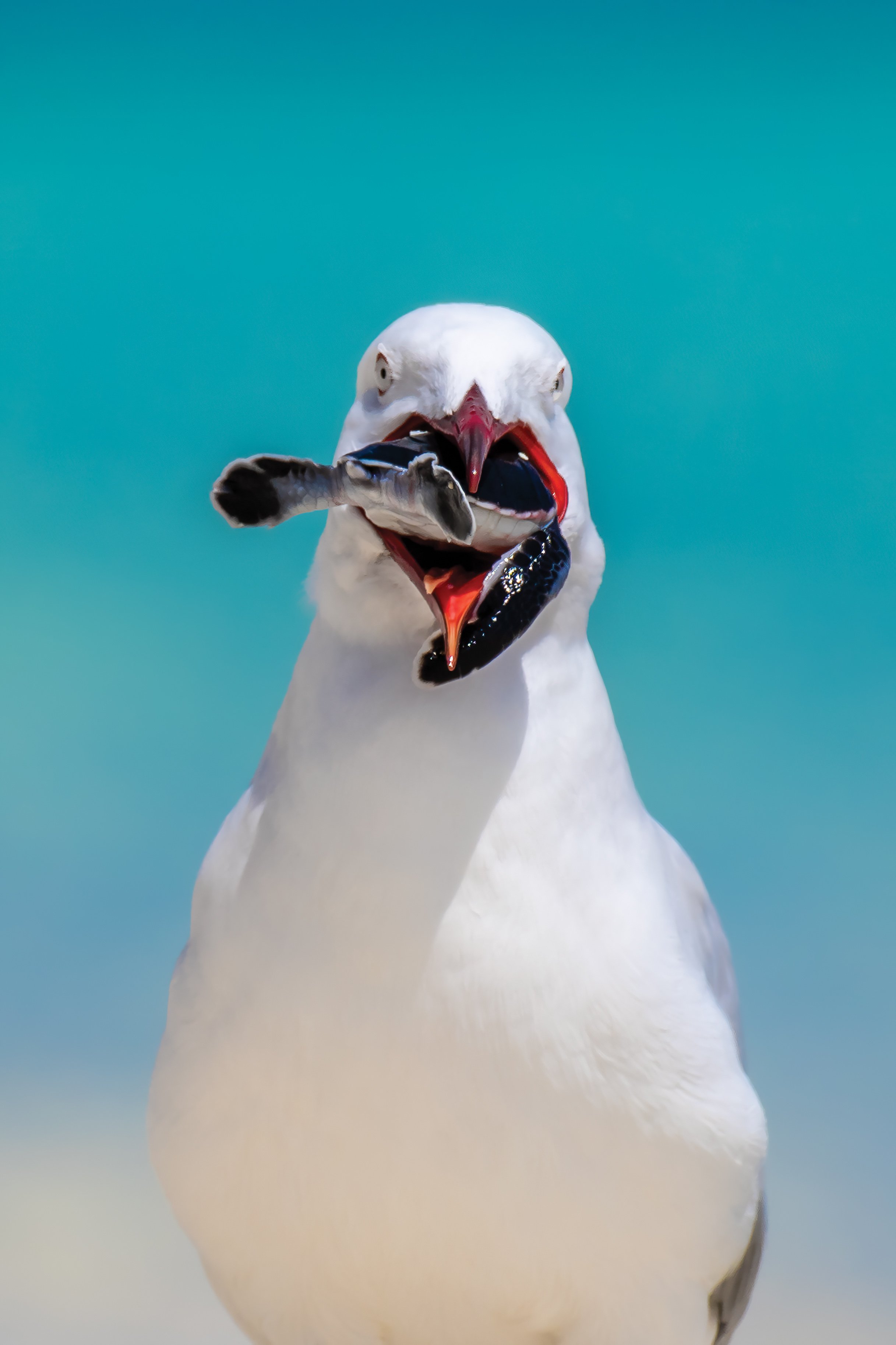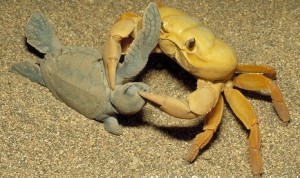Green Sea Turtles Predators
When it comes to survival in the wild, green sea turtles face a unique set of challenges, and one of the biggest threats they encounter is from their own predators. These majestic creatures, known for their vibrant green color and graceful movements, must constantly be on guard against a variety of predators that lurk beneath the surface of the ocean. In this article, we will explore the fascinating world of green sea turtle predators and discover the strategies these incredible animals use to stay one step ahead.
In the vast expanse of the ocean, green sea turtles navigate a perilous landscape where danger lurks at every turn. From the moment they hatch on sandy beaches and make their way to the water, they become targets for a multitude of predators. Sharks, such as tiger sharks and great white sharks, are some of the most formidable threats to these gentle creatures. Their powerful jaws and keen sense of smell make them highly efficient hunters, capable of detecting even the faintest scent of a green sea turtle. Another predator that poses a significant threat is the saltwater crocodile, renowned for its stealth and deadly ambush tactics. With their strong jaws and lightning-fast reflexes, these crocodiles can easily overpower an unsuspecting green sea turtle.
In the face of these formidable adversaries, green sea turtles have developed remarkable adaptations to increase their chances of survival. Their shells, which serve as natural armor, provide a degree of protection against attacks from predators. Additionally, their streamlined bodies and powerful flippers enable them to swim swiftly, allowing them to escape from dangerous situations. These fascinating creatures have also mastered the art of camouflage, blending seamlessly with their surroundings to evade detection. By understanding the intricate dance between green sea turtles and their predators, we can gain a deeper appreciation for the resilience and ingenuity of these remarkable creatures.

Green Sea Turtles Predators
Green sea turtles are fascinating creatures that inhabit the world’s oceans. As they navigate through the vast blue depths, they encounter a variety of predators that pose threats to their survival. Understanding the predators of green sea turtles is crucial in order to protect and conserve these magnificent creatures. In this article, we will explore the different predators that pose a threat to green sea turtles and the impacts they have on their populations.
The Natural Predators of Green Sea Turtles
Green sea turtles, despite their large size, are not immune to predation. In fact, they face numerous threats from natural predators, both during their early life stages and as adults. One of the main predators of green sea turtle hatchlings is the ghost crab. These small crustaceans wait on the sandy beaches where the hatchlings emerge and snatch them up as they make their way to the water. Other predators such as birds, raccoons, and fish also prey on the vulnerable hatchlings.
As green sea turtles grow and mature, their predators change. In the ocean, sharks become a significant threat to adult green sea turtles. Tiger sharks, in particular, are known to target these gentle giants. With their powerful jaws and sharp teeth, tiger sharks can inflict severe injuries on green sea turtles. Other shark species, such as bull sharks and great white sharks, may also prey on green sea turtles, although to a lesser extent.
The Impact of Predators on Green Sea Turtle Populations
The presence of predators in the natural environment plays a crucial role in maintaining the balance of marine ecosystems. However, when predator populations become imbalanced, it can have detrimental effects on green sea turtle populations. The predation of hatchlings by ghost crabs and other animals can significantly reduce the number of green sea turtles that reach adulthood. This poses a threat to the overall population sustainability.
Shark predation on adult green sea turtles also has a significant impact. Although green sea turtles have evolved to be resilient to some extent, repeated attacks by sharks can lead to serious injuries or even death. This can disrupt the reproductive abilities of female turtles, as well as decrease the overall population size. Additionally, the fear of predation may alter the behavior of green sea turtles, causing them to avoid certain areas or change their feeding patterns, which can further impact their survival and reproductive success.
Human-Induced Predators of Green Sea Turtles
While natural predators pose significant threats to green sea turtles, human activities have also emerged as major predators. The inadvertent capture of green sea turtles in fishing nets, known as bycatch, is one of the most significant human-induced threats. Once entangled, the turtles struggle to free themselves, often leading to exhaustion, injury, or death. This bycatch is a global problem and affects green sea turtle populations worldwide.
Another human-induced predator is pollution. Plastic debris, such as bags and fishing lines, can be mistaken for food by green sea turtles. Ingesting these items can cause internal injuries, blockages, and even death. Additionally, the accumulation of toxins in the environment, such as pesticides and heavy metals, can weaken the immune system of green sea turtles, making them more vulnerable to diseases and infections.
The Importance of Protecting Green Sea Turtles from Predators
Protecting green sea turtles from their predators, both natural and human-induced, is of utmost importance to ensure the survival of these magnificent creatures. Conservation efforts play a vital role in reducing the threats faced by green sea turtles. Measures such as the protection of nesting beaches, the implementation of turtle excluder devices in fishing nets, and the reduction of plastic pollution in the oceans are crucial steps in safeguarding these vulnerable animals.
By understanding the predators of green sea turtles and their impacts, we can work towards creating a safer environment for these majestic creatures. Through education, research, and conservation initiatives, we can ensure that future generations will continue to marvel at the beauty and resilience of green sea turtles in our oceans. Let us strive to protect and preserve these incredible animals for generations to come.
Key Takeaways: Green Sea Turtles Predators
- Green sea turtles have several natural predators in the ocean.
- Sharks are one of the main predators of green sea turtles.
- Large fish, like barracudas, also prey on green sea turtles.
- Birds, such as seagulls, may attack baby green sea turtles.
- Human activities, like fishing and pollution, pose threats to green sea turtles as well.
Frequently Asked Questions
What are the predators of green sea turtles?
Green sea turtles have several natural predators that pose a threat to their survival. One of the main predators is the tiger shark. These large and powerful sharks are known to prey on green sea turtles, especially the juveniles. Another common predator is the saltwater crocodile. These reptiles are formidable hunters and can easily overpower a green sea turtle in the water. In addition, sharks such as the bull shark and the great white shark may also target green sea turtles as prey.
On land, green sea turtle nests are vulnerable to predation by various animals. Raccoons, foxes, and feral dogs are known to raid sea turtle nests and consume the eggs. These predators can have a significant impact on the reproductive success of green sea turtles, as they can destroy a large number of eggs in a single raid.
How do green sea turtles defend themselves against predators?
Green sea turtles have developed several strategies to defend themselves against predators. One of the most effective defense mechanisms is their size and strength. Adult green sea turtles can grow to be quite large, making them less vulnerable to attacks by predators. They also have a hard shell that provides protection against bites and scratches.
In addition to their physical defenses, green sea turtles are also known for their ability to swim quickly. When they sense danger, they can propel themselves through the water using their powerful flippers, making it difficult for predators to catch them. They also have excellent diving abilities, allowing them to escape to deeper waters where predators may have a harder time reaching them.
Are humans a threat to green sea turtles?
Yes, humans can pose a significant threat to green sea turtles. One of the main threats is habitat destruction. Coastal development, pollution, and beach erosion can all negatively impact the nesting sites of green sea turtles. This can result in a decrease in nesting success and population decline.
Furthermore, human activities such as fishing can also have a detrimental effect on green sea turtles. They can become entangled in fishing nets or accidentally caught as bycatch. Ingestion of marine debris, particularly plastic, is another major threat. Green sea turtles may mistake plastic bags or other items for food, leading to ingestion and potential injury or death.
Do green sea turtles have any natural defenses against their predators?
While green sea turtles do not have many natural defenses against their predators, their camouflage can provide some protection. The green coloration of their shells and skin helps them blend in with their surroundings, making it harder for predators to spot them. This camouflage is especially effective when they are in seagrass beds or near coral reefs.
Another defense mechanism is their ability to retreat into their shells. When threatened, green sea turtles can retract their head and flippers into their shell, reducing their vulnerability to attacks. However, this defense is not foolproof and may not be sufficient against larger predators.
How do green sea turtles protect their nests from predators?
Green sea turtles employ several strategies to protect their nests from predators. One of the most important tactics is nest site selection. They often choose remote and secluded beaches for nesting, away from areas frequented by predators. This reduces the likelihood of nest predation.
Once they have laid their eggs, female green sea turtles cover the nest with sand, camouflaging it and making it harder for predators to locate. They also use their flippers to create false nests nearby, which can confuse and distract predators. Additionally, the female turtles may display aggressive behavior towards potential predators to deter them from approaching the nest.

Baby Sea Turtle Battles Ghost Crab
Final Thoughts
After exploring the topic of green sea turtle predators, it is clear that these majestic creatures face numerous challenges in their quest for survival. From the moment they hatch and make their way to the ocean, they are met with a host of natural and human-induced threats. However, despite these obstacles, green sea turtles have managed to adapt and persist through the ages.
One of the most formidable predators that green sea turtles face is the shark. With their sharp teeth and powerful jaws, sharks pose a significant danger to these gentle reptiles. Additionally, large predatory fish such as barracudas and groupers also target green sea turtles as a source of food. These encounters highlight the ongoing struggle for survival that these turtles face in their marine habitats.
Furthermore, human activities have also emerged as a major threat to green sea turtles. The destruction of nesting habitats, pollution, and entanglement in fishing gear all contribute to the decline of their populations. It is crucial for us to recognize our role in protecting these magnificent creatures and take steps to mitigate these threats.
In conclusion, the plight of green sea turtles and their encounters with predators serve as a poignant reminder of the delicate balance of life in our oceans. It is our collective responsibility to ensure the preservation of their habitats and reduce the impact of human activities. By doing so, we can safeguard the future of green sea turtles and maintain the biodiversity of our planet’s marine ecosystems. Let us strive to be good stewards of the ocean and protect these wonderful creatures for generations to come.

